For some, grocery shopping entails swooping around countless aisles with a dizzying array of components for delectable meals. For others, the weekly shop is all about stocking up on essentials. Whether you have a preference for being spontaneous or systematic, extravagant or mundane, there is always a price to pay.
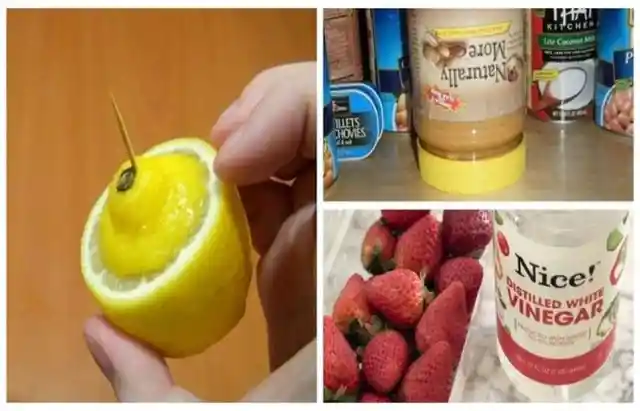
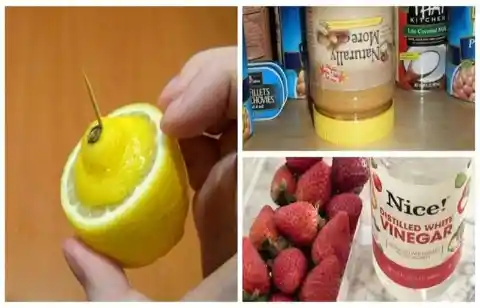
Much of the time, groceries go bad before you can use them. Fortunately, there are a number of effective techniques you can use to extend the lives of products before they spoil. Using these techniques will be beneficial to both your wallet and the environment, making groceries last longer and reducing waste. Read on to learn some of the finest food storage tricks and tips.
Make Your Strawberries Last Longer
Just like other berries, strawberries rot quickly. If you’re not careful, you’ll typically end up having to throw away half a box. Once you've brought your little freckled friends home, keep them fresh by eliminating any spores that may have developed on the fruit.
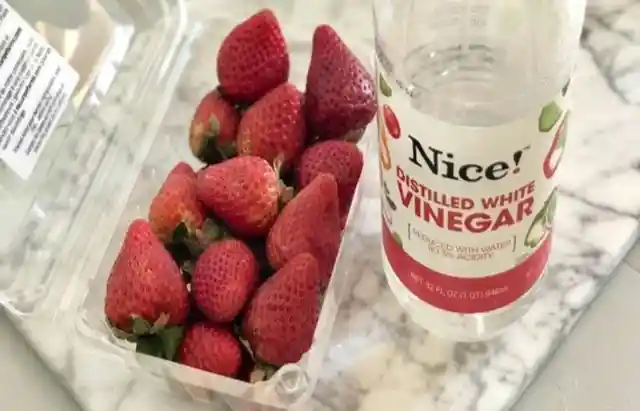
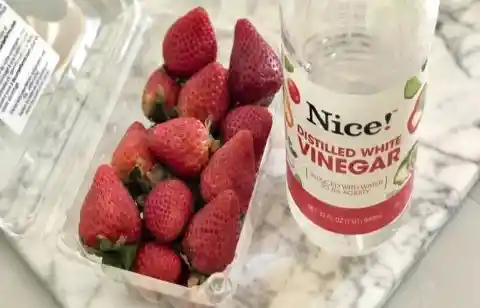
Wash the berries in a deep bowl with one cup of white vinegar and eight cups of water. Allow the berries to stay in the vinegar-water bath for a few minutes to allow the vinegar to kill any remaining spores or bacteria. Then gently move them about to help dislodge any dirt or grime.
Store Apples And Potatoes Together
It's true—an apple a day will keep sprouts on potatoes away. When stored incorrectly, potatoes produce natural toxins resulting in a greenish hue around them, known as solanine. To avoid these negative effects, keep the potatoes fresh with a ripe apple friend.
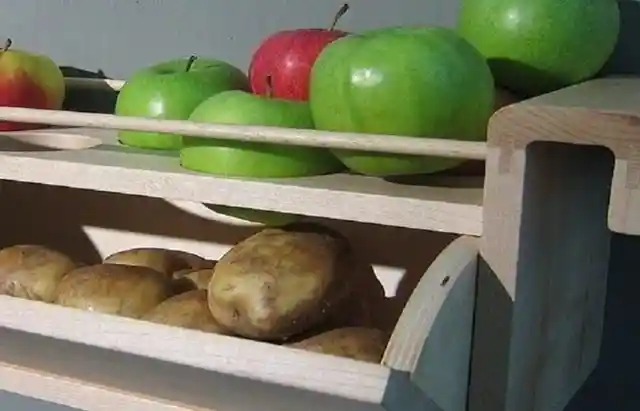
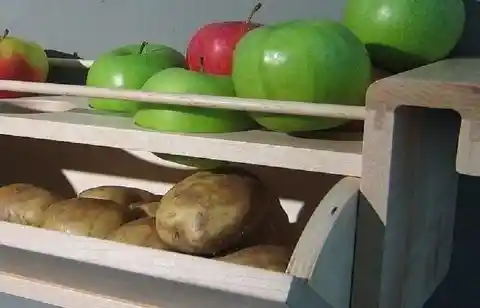
This will prevent potatoes from sprouting and keep them looking excellent for up to eight weeks. This happens because a ripe apple's natural respiration produces ethylene gas and other organic alcohols, which prevent the potatoes from making little sprouts.
Strong Alcoholic Drinks Taste Better With Age
Alcohol has been around for almost as long as humanity has. Various methods and strategies for preserving this beverage have been devised and relied upon over time. So far, scientists have not been able to figure out a way to save alcohol from being drunk—but we live with hope.


However, there are still good ways of storing strong drinks. If you display your alcoholic beverage on a bar cart, ensure that it's not exposed to direct sunlight. UV rays won’t damage or harm your liquor, but prolonged sun exposure has a similar impact to storing alcohol at high temperatures, accelerating the oxidation process. This can affect the taste, leaving it bland.
Store Cucumbers At Room Temperature
Cucumbers are great in salads, sandwiches, wraps, pickles, or even as a snack. They're nutritious and delicious, but their 96 percent water content might cause complications when they’re stored for a long time. Cucumbers have quite a short shelf life.
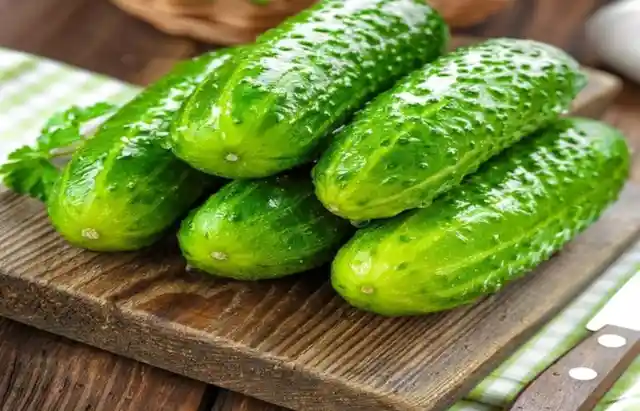
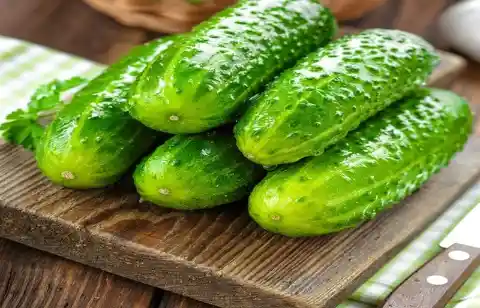
Cucumbers are kept fresher for longer when wrapped in tinfoil, which keeps out any extra moisture that could cause mold or rotting sooner than intended. When wrapped in foil, cucumbers can be kept crisp for up to 4 weeks.
Ice Cream In A Plastic Bag
No one ever wants ice cream soup, but even a good freezer can fill your ice cream with an impenetrable film of frost. Getting your cold treat to the perfect temperature means waiting for the wall of ice to melt away, wasting minutes. But why should you waste any time at all?
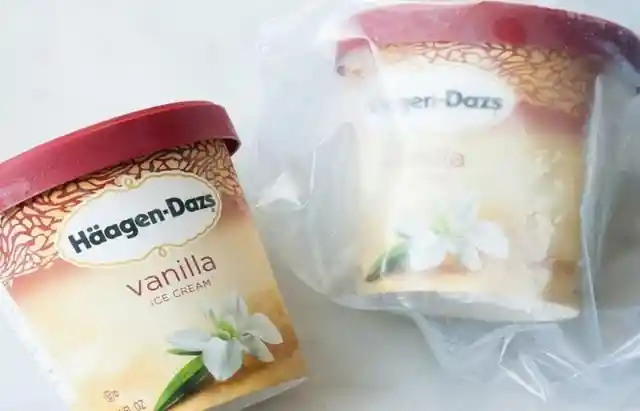

Place the entire container or tub in a plastic bag. Press the air out before sealing, then place it in the freezer. The bag will keep the air surrounding the ice cream from getting too frozen, resulting in smooth scoopable ice cream whenever you desire.
Frozen Maple Syrup
The thought of pouring maple syrup over warm, fluffy waffles is simply mouthwatering. Because pure maple syrup is 100 percent natural, it has a shelf life shorter than other products containing preservatives. Many foods can be frozen to prolong their freshness, but does syrup freeze?
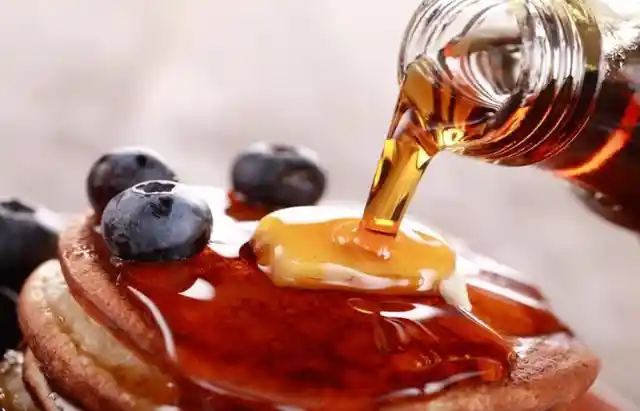
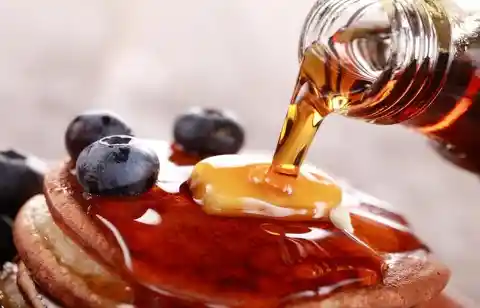
Although maple syrup doesn’t actually freeze, storing it in the freezer can increase its shelf life without sacrificing its quality. Although this viscous condiment won’t freeze solid, it will get incredibly thick and expand as it gets colder.
Avocado Leftovers
No matter how good your cooking abilities are, knowing what to do next with an avocado once you've cut it open might leave you stumped. The unpleasant browning process begins very quickly, and if you don't preserve the avocado properly, you may wind up wasting half of it.
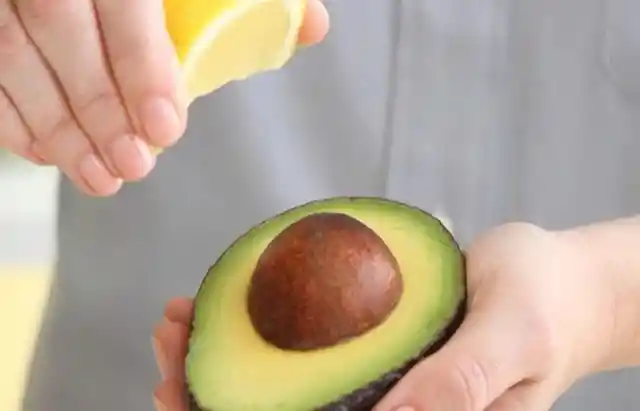

Lemon juice's acidity will help to keep mashed or chopped avocados from browning too rapidly. Half an avocado is best stored by squeezing a little juice over the sliced side, covering it tightly with plastic wrap, and storing it in the refrigerator.
Grated Frozen Ginger
Ginger can be a great ingredient, but if you don’t use it in every dish, it can quickly go off. Fresh, unpeeled ginger should be stored in the freezer drawer inside an airtight plastic bag. The airtight bag keeps oxygen and moisture—both of which can cause ginger to mold—out.
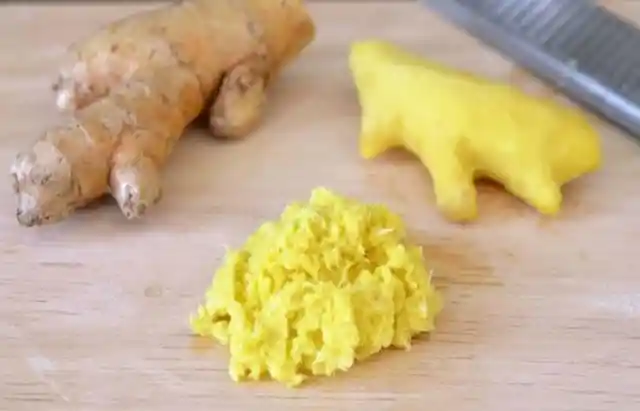

When you don't use ginger very often but still want to have it on hand, freezing it is a great solution—wrap ginger in plastic wrap and store for up to six months in the freezer. When it comes out, it should also be easier to peel.
Keep An Organized Fridge
Some fridges have markings on the inside to let you know where to store food. Follow these suggestions to ensure that your food is being kept cold at the right temperature. Remove all perishables from the door. Keep vegetables in airtight containers to keep them fresher for longer and prevent other foods from rotting.
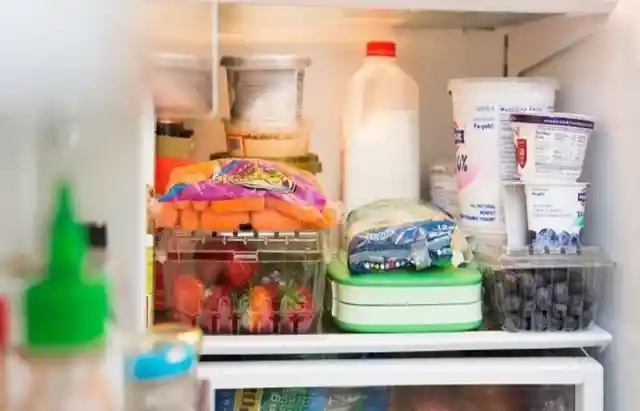
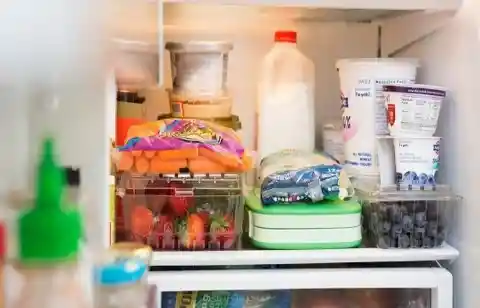
Additionally, place dairy in the back of the refrigerator, where they will keep cold the longest. Make sure leftovers and older foods are near the front, so you don't forget about them or let them go bad.
Extend Cheese Shelf Life
Need a way to keep your cheese spread pristine for next week’s soiree? The next time you break off some cheese, spread a small layer of butter over the sliced side of the piece. After that, wrap the rest of the cheese in parchment paper and keep it in the refrigerator.
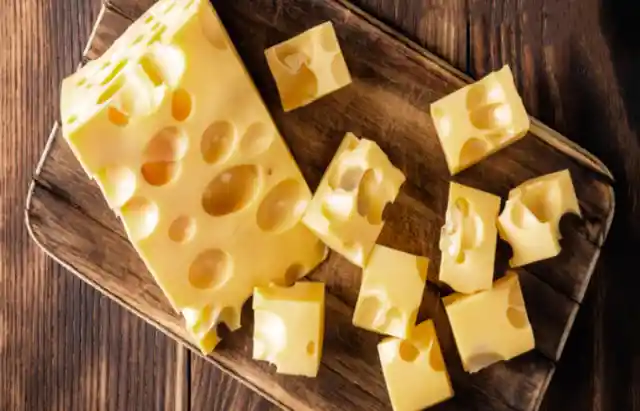
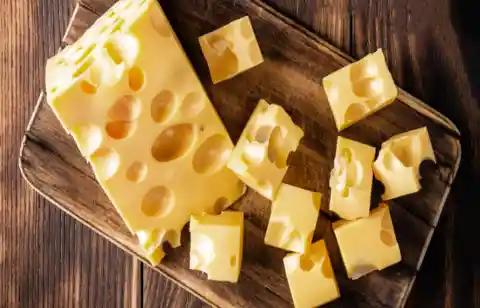
Butter forms a protective layer over the cheese that prevents it from oxidizing in the fridge. Due to butter's high-fat content, it also inhibits mold growth—with such high-fat content, mold can’t develop very effectively—as a result, butter protects both the drier cut edges and prevents spoilage!
Chill Cooked Potatoes
Whether you made more than you need by mistake (or on purpose), you can always put any extras in the refrigerator to enjoy later. Make sure to give your cooked potatoes time to cool before putting them in the fridge. If you're concerned about quality, don't be.
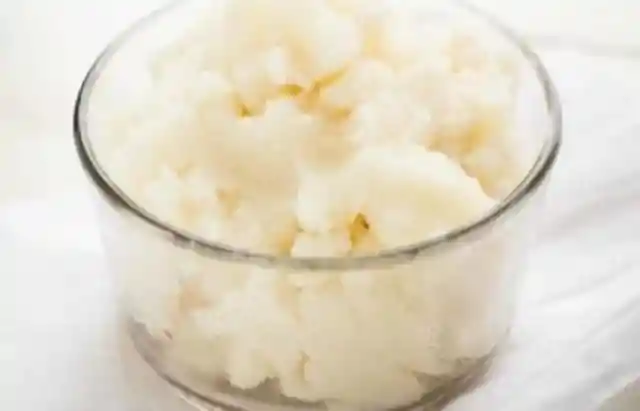
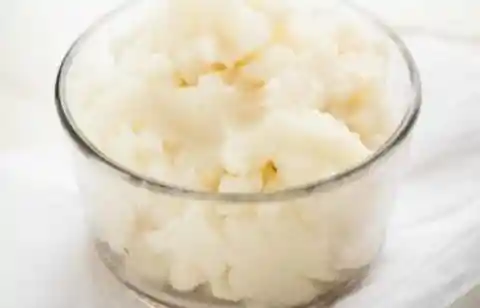
Refrigerate your cooked spuds in a resealable plastic bag or shallow airtight container to extend their shelf life. This way, you can store your potatoes for up to a year, and they'll taste just as good as the day you made them.
Chop Off Beetroot Leaves
Beets are nutrient-dense, versatile roots with a bold flavor and brilliant color, so it's no surprise that we enjoy eating them so much. The only problem is that they soften before we can enjoy their earthy flavor in a salad or healthy smoothie.
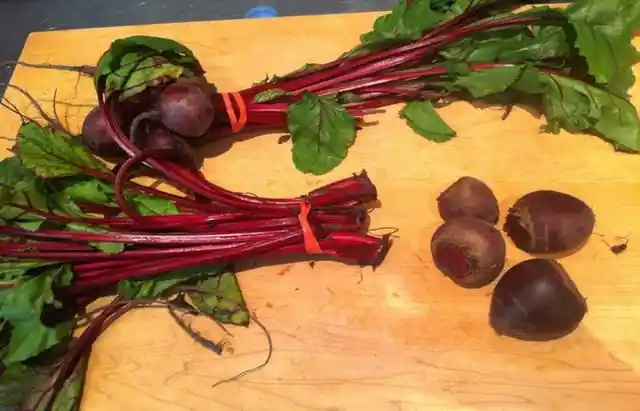
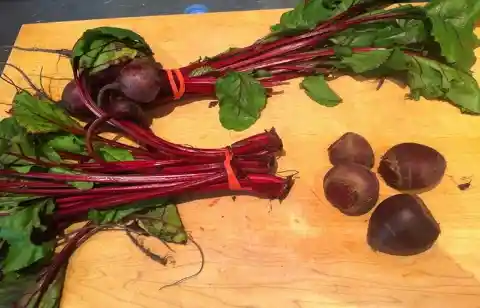
The key to keeping beets fresh longer is to eliminate their greens, which hasten decay. Don't just throw those purple diamonds in the refrigerator—instead, place them on a cutting board and cut off their greens before putting them away to ensure maximum freshness.
Toothpicks Keep Lemons Fresh
A touch of lemon always adds a little zest to the mix, whether it's in delectable baked products, meat, or as a refreshing addition in your water carafe. However, the other half of the lemon is frequently discarded. It dries out rapidly or becomes moldy if not properly packed, and as a result, we end up having to throw a lot of them away.


But it needn’t be this way! Simply use toothpicks to reconnect the ends and preserve them in water. This way, they'll last several weeks and will be ready for use whenever you need them—no more letting food spoil or wasting money because of inconvenience.
Store Grapes In Polyethylene Bags
If you want to keep your grapes crisp, polyethylene bags are an excellent choice. They will keep those delectable tiny fruits fresh for longer. Although a plastic bag isn’t exactly aesthetically pleasing, it’s an ideal environment for them.
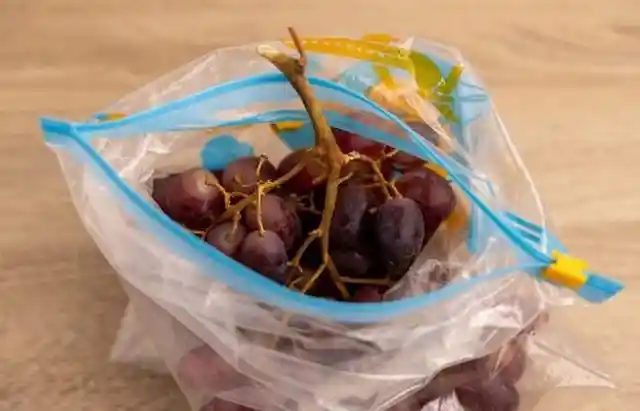
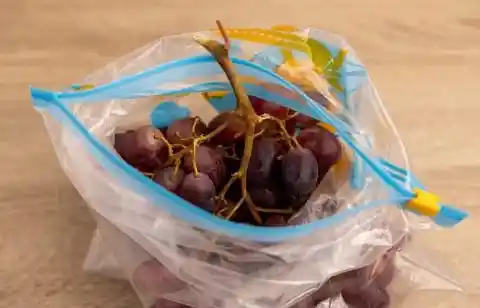
Grapes should be stored in the crisper drawer, unwashed, and dry in a ventilated bag that is not compressed or tightly packed. Check that there’s adequate ventilation, and if not, make a few holes yourself. They'll last about a week this way, fresh and plump from Monday to Sunday.
Tomato Storage Hacks
Understanding how to store tomatoes and the tomato ripening process itself is crucial, whether you've just bought tomatoes in bulk at the grocery store for tomato sauce or a fresh summer salad. There are many things to consider, including ethylene gas, paper, and plastic bags, but it doesn’t need to be so complicated.
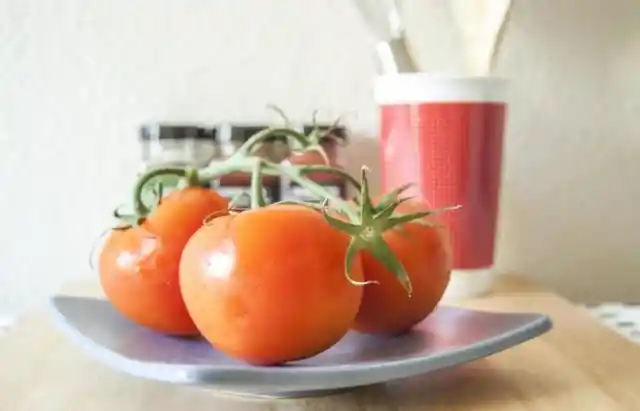
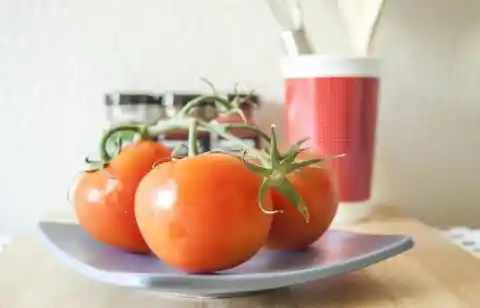
Keep tomatoes at room temperature until they're fully ripe to extend their shelf life. To avoid over-ripening, separate the unripe and ready ones. This will ensure that you always have perfect-tasting tomatoes on hand.
Restoring Raisins Tip
Raisins can be eaten raw or cooked. A bag of raisins that haven't been opened will keep for a few months after the expiration date. However, regardless of whether you eat them raw or cooked, you might end up with a large open package that you don't intend to finish anytime soon.
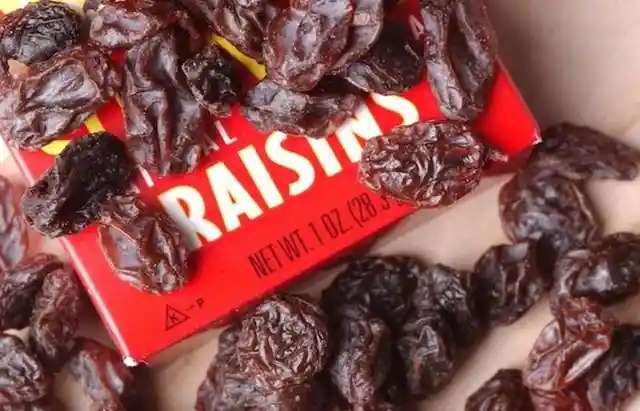
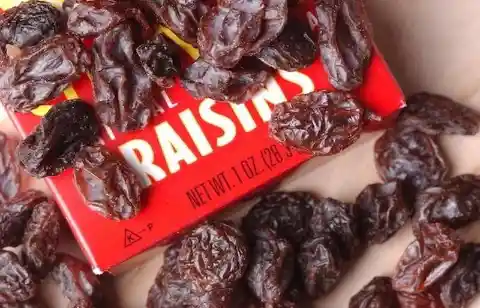
If you store raisins in a sealed bag after opening them, they should hold their quality for around six months. Raisins can be kept fresh for longer—up to a year if stored in an airtight container and refrigerated.
Keeping Your Spices Flavorful
Like all foods, spices have a shelf life and spoil if not appropriately maintained. The shelf life of spice is determined by how well it is stored for. Spices should never be kept near your stove, no matter how convenient it may be to have them on hand as heat degrades their flavor.
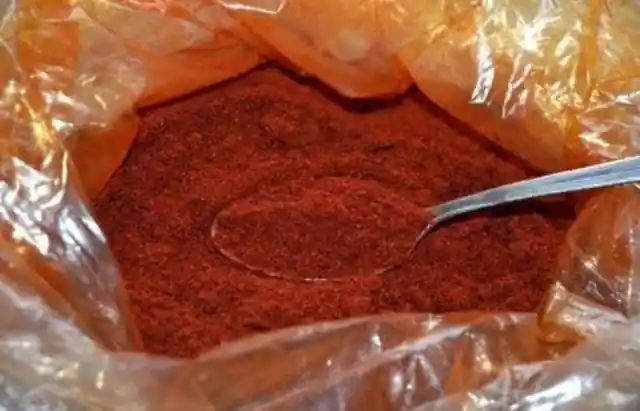
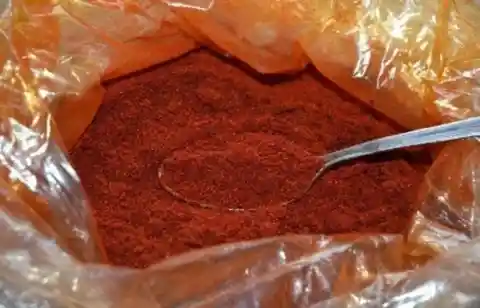
They should be stored in the pantry or in another dark, dry, cold part of the kitchen. Red-colored spices like red pepper, paprika, and chili powder should be kept in the fridge, especially if you live in a hot or humid part of the world.
Crispy Lettuce Salad All Week Long
Purchasing a large bag of lettuces or greens is a cost-effective way to meet your veggie mandate. Still, we've all experienced the disappointment of opening a bag of lettuce a few days after shopping only to find sad, wilted, or even slimy leaves within.
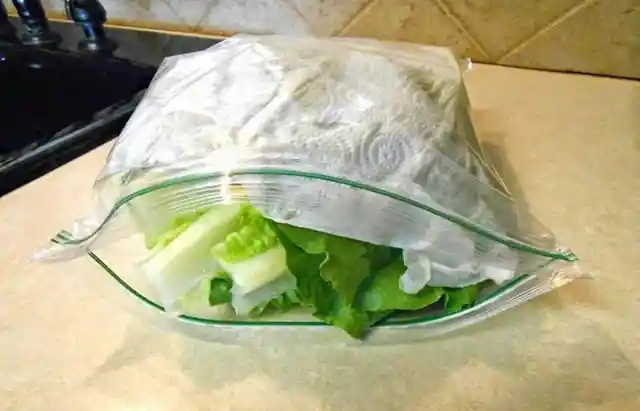
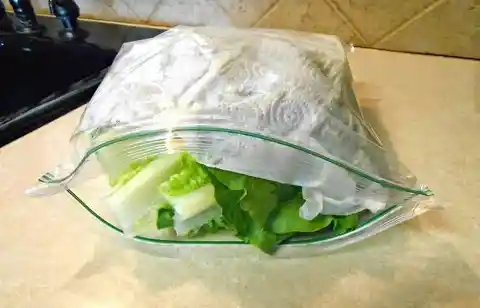
Cut the leaves up instead of storing the lettuce whole to extend its shelf life. Individually rinse and dry the cuttings before storing them in ziplock bags with a paper towel to help absorb excess moisture. Clean and crunchy.
Onions In Pantyhose
Ladder in your pantyhose? Have more onions than any woman could use in a single evening? It’s enough to make anyone cry. But don’t throw either of them away. It turns out that keeping your onions in a pair of pantyhose can significantly lengthen their shelf life.
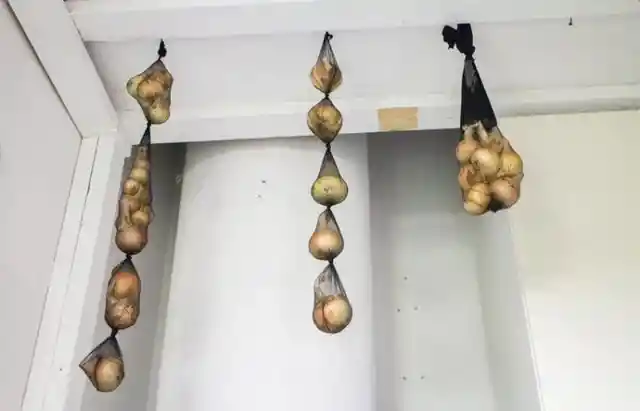
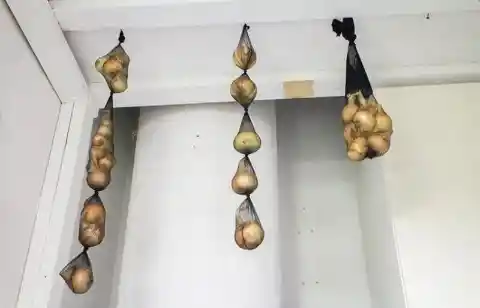
Here’s the deal: place the first onion in one of the pantyhose's feet. Tie a knot above the onion, then add another onion on top of it, tying and repeating the process as needed. Hang the pantyhose in a dark, cool spot, preferably where no one will see them, and enjoy longer-lasting onions.
Wrap The Crown Of Bananas
As well as serving as snacks, bananas can be cooked into a variety of sweets and breakfast meals. They're excellent, especially when baked into banana bread. Unfortunately, ethylene gas causes particularly ripe bananas to brown faster.


Wrap a piece of foil or cling wrap the size of your fist around the crown and tighten it. Remove and replace the same foil or wrap each time you get a banana. If done correctly, this tip should extend the life of your bananas by three to five days before they become too ripe to eat.
Store Your Peanut Butter Upside Down
Peanut butter is a pantry staple on par with cereal or bread, so chances are you have some on hand right now. However, it turns out that you just can’t hoard peanut butter in your pantry and expect it to keep; you should also store it upside down.
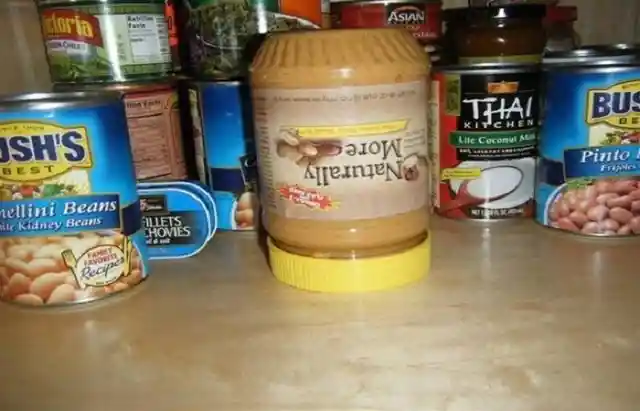
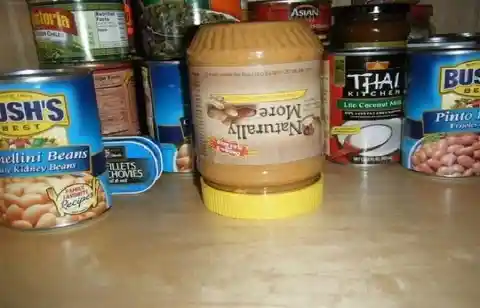
When you store peanut butter upside down, the top oils migrate back into the butter, mixing it with the rest. The oil will make its way back to the top when you take it out for use, ensuring that your peanut butter is evenly smooth and tasty every time.
The Best Way To Store Carrots
Carrots are among the healthiest and most varied veggies we can eat, whether we produce them ourselves, purchase them from a grocery shop, or get them directly from the farmer's market. There are many ways to preserve carrots, including freezing, canning, and dehydrating.
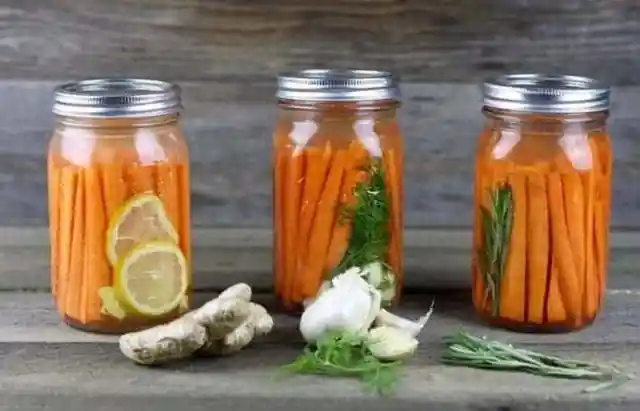
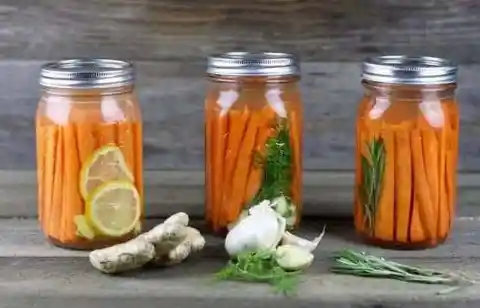
After their tops and tails have been removed, carrots can be stored in a covered jar or glass filled with water, after which they'll keep for up to a week. As a result, you won't have to shop for vegetables as frequently. Try storing them with herbs or even lemons, as seen above, for different flavor infusions.
Revive Crystallized Honey
Sweet and silky, honey is a great condiment, but it may start to crystallize if it stays in your cabinet for too long. But this isn't the end for your honeypot—you just need to decrystallize it. It's simple to accomplish and shouldn't take you too long.
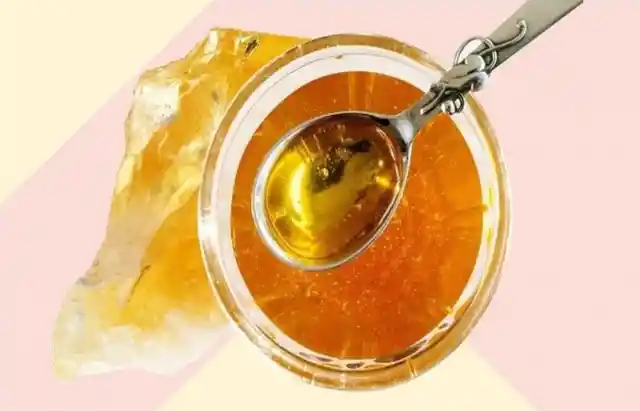

Simply set the honey bottle in a bath of hot water for a few minutes. The temperature of the water is important—warm tap water won’t dissolve the crystals, but boiling water might restore your honey to its silky consistency. Give it a good swirl once the honey has melted evenly.
Asparagus Life Extension
Asparagus can be a great addition to any meal, especially when grilled with garlic and lemon butter. Asparagus stalks are best stored intact and unwashed in a standing glass of water, which should then be placed upright on a fridge shelf with the tips poking out.
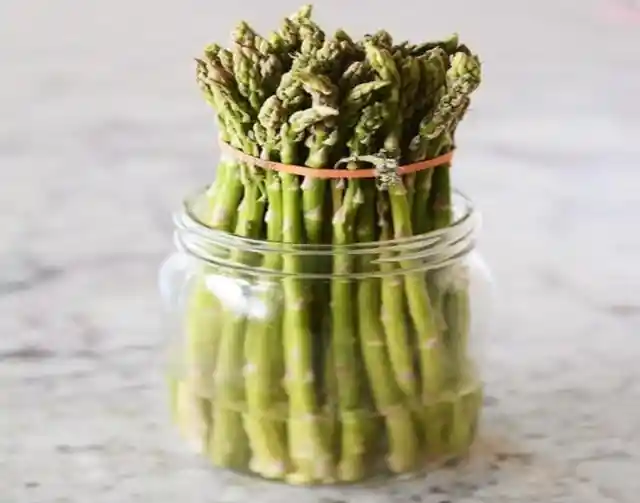
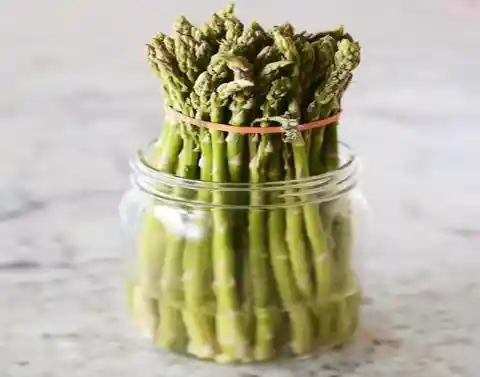
For further protection, cover the exposed stems with a loose plastic wrap or a plastic baggie. If you plan on eating them soon, you can store them in a sealed plastic bag in the refrigerator vegetable drawer, but they will stay much longer and be much fresher if you put them in water.
Regrow Your Scallions
Bunching onions, spring onions, and green onions are all names for scallions. They are perennials, which means they'll live for more than two years, and if kept correctly, they will keep coming back, giving you an unending supply of fresh scallions from kitchen scraps!
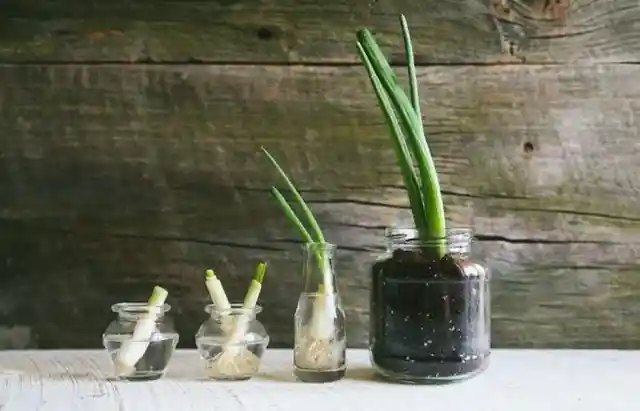
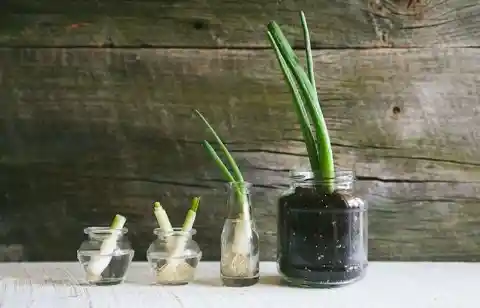
Rather than throwing them away, you can regrow scallions. Onion bottoms with roots can be used to make this work. Place them a few inches below soil level in a mason jar halfway filled with cool tap water and watch them grow back. For easy access, keep them in the kitchen window.
Install A Gas Absorber In Your Refrigerator
Many fruits and vegetables produce ethylene gas, limiting the life of food that absorbs it. You can partially avoid the problem by storing everything separately, but an affordable ethylene gas absorber can help you extend the life of your vegetables and fruits without the hassle.
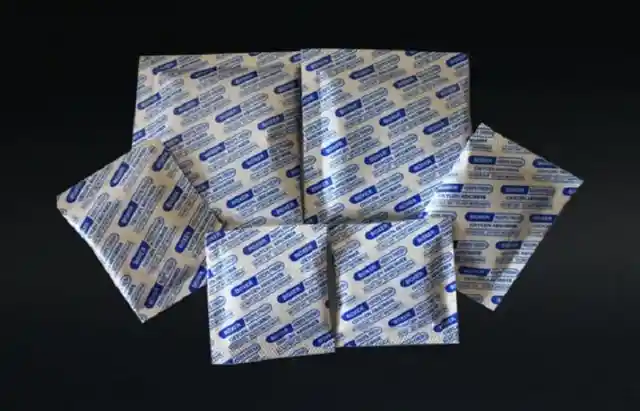
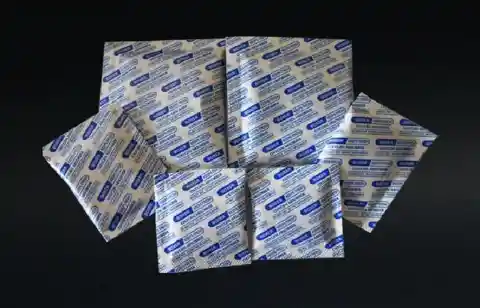
If you want everything in your fridge to retain maximum freshness, these small packets, made to absorb ethylene, can keep your fruits and veggies from going off too quickly. They can be bought online for an affordable price.
The Best Place to Store Potatoes
Potatoes keep longer on the counter than other vegetables and fruits, but they ultimately develop green shoots and lose their freshness and flavor. They'll stay fresh for weeks, if not months—but only if you store them properly.
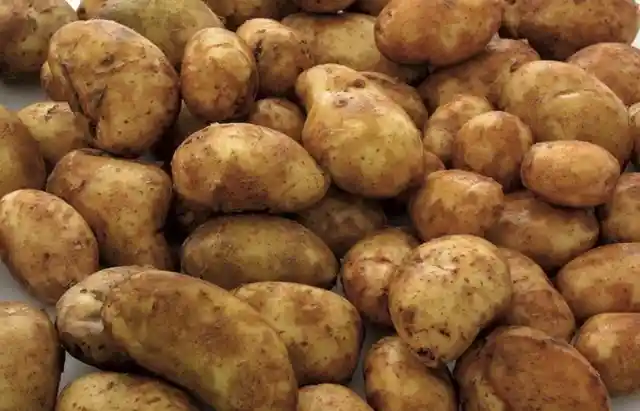
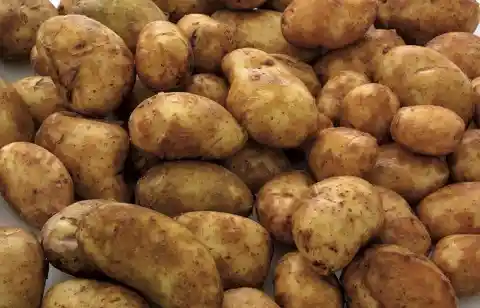
To ensure they get sufficient ventilation, place the potatoes in a paper bag, cardboard box, basket, or mesh bag. Keep your potatoes cool, damp, and dark. If you have an unheated cellar, you can grow your potatoes there. During the winter, an insulated shed could also be useful.
Never Refrigerate Your Bread
Whether you're a breadmaking pro who bakes your own loaves or you prefer the convenience of store-bought bread—we all know that bread spoils fast. That's why it's so tempting to keep your bread in the fridge. After all, the cold extends the life of nearly-ripe, nearly-spoiled goods, right?
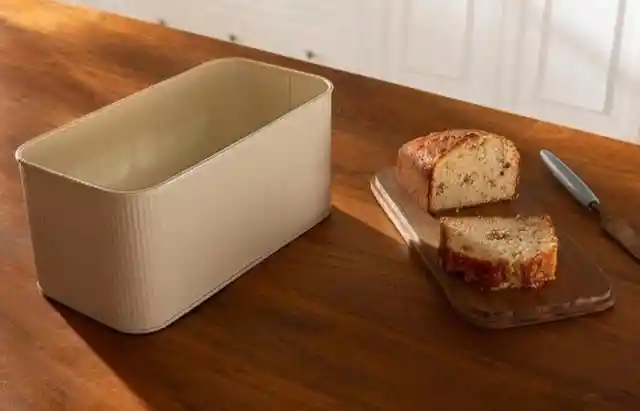
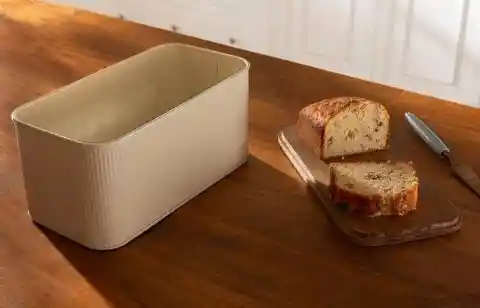
Refrigeration is harmful to bread because when bread is stored in a chilly above-freezing environment, recrystallization—and therefore staling—occurs considerably faster than when bread is stored at warmer temperatures. Freezing, on the other hand, significantly slows the process.
Extend the Life of Green Beans
Here’s a not-so-secret kitchen tip that some people may not know. Green beans do not lose their flavor or texture when frozen, as other vegetables do. As a result, they're a terrific way to bring the taste of summer to your dish all year round.
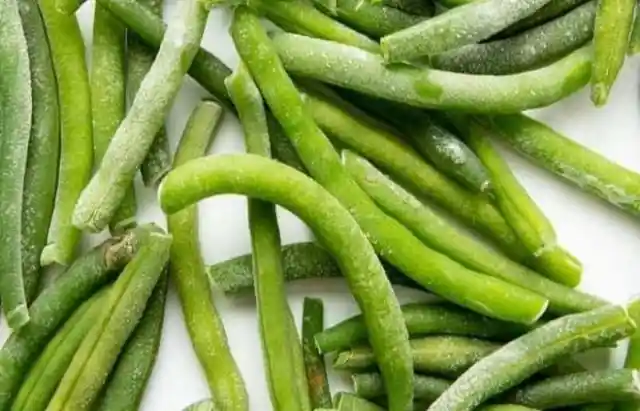
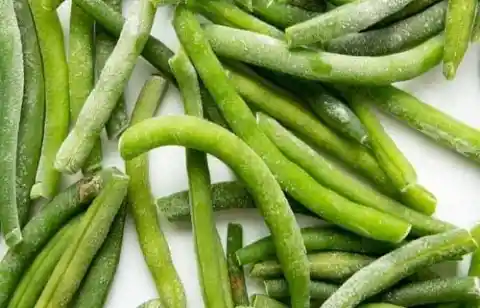
After a good wash in cold water, snap or clip off the stem and pointy ends of your green beans before putting them in the freezer. Just make sure they’re completely dry before freezing since moisture might cause freezer burn.
Quick Freeze Green Onions
Fresh green onions are a typical garnish in many dishes, and there are numerous alternatives for preserving their freshness when it comes to storing them. Chopped green onions, if stored properly, can have a shelf life of a week or more.
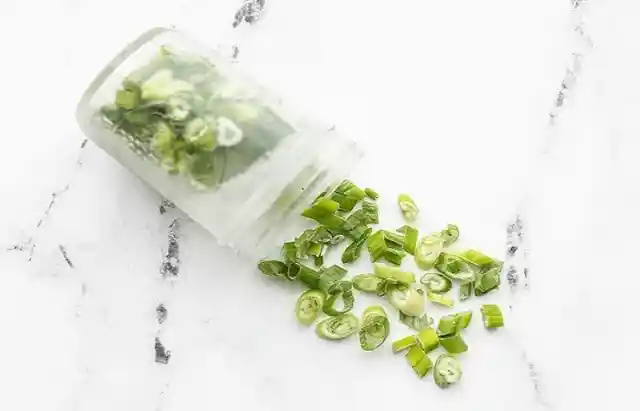
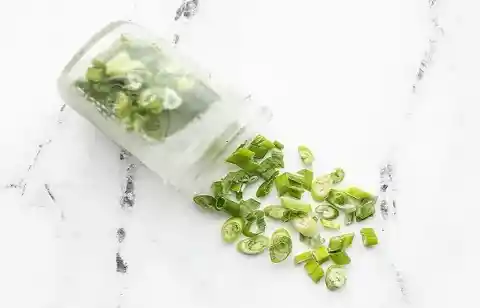
Before storage, they should be washed, dried, and sliced before being placed in an airtight container to be frozen. If previously chopped, green onions will thaw rapidly, making it simple to add or garnish them to recipes as needed.
Stop Avocados From Getting Brown
Avocado is an ingredient that, just on its own, can elevate a dish to a whole new level of deliciousness. Almost any food can be enhanced by this creamy green fruit—from crisp salads to searing fajitas to your morning toast. Here's how to preserve sliced avocados for longer without letting them brown too much.
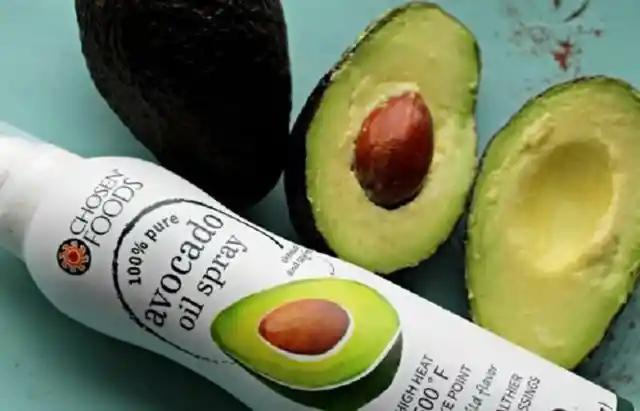
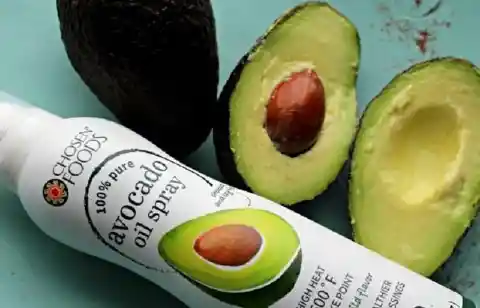
Give the exposed side a little spray of cooking oil. Oil will prevent oxygen from reaching the avocado flesh. If you don’t have cooking oil at hand, brush or spray the exposed area with vegetable or olive oil, then drop it in an airtight container.
Repurpose A Bottle Cap
Ziplock bags are great, but if you have a few old bottles around, you can upcycle their caps, repurposing them as storage devices. Try this tip to keep your food fresh after wrapping it in a plastic bag. You’ll be surprised how much freshness gets locked in.


You can keep plastic-wrapped food from rotting by using an old soda or water bottle cap as a stopper. Cut the top of the bottle off and fold the plastic ends over the edges. Put the cap on, and there you have it!
Storing Your Fresh Mushroom
Mushrooms can be a divisive food. Some people devour them with every meal, while others tend to push them away from their plate politely. If you're a mushroom fan, don’t keep them wrapped in plastic—store your mushroom in paper bags.
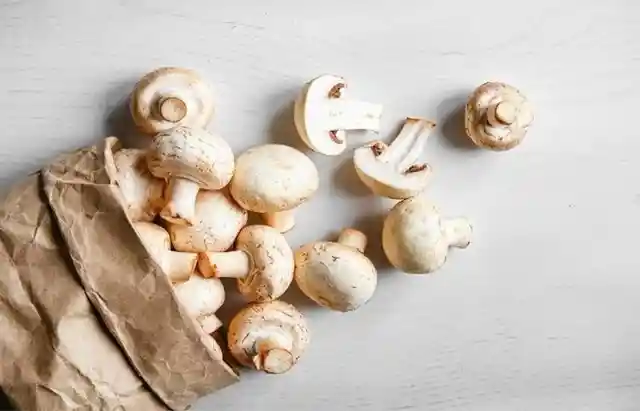
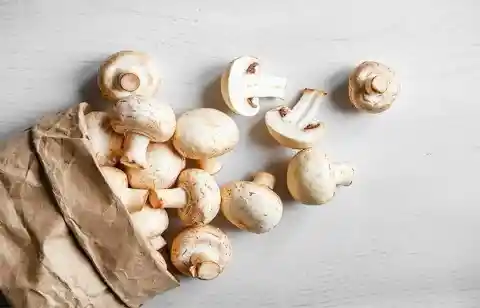
Fold the top of a brown paper bag closed to contain whole, unwashed mushrooms. Then place the bag in the refrigerator's main compartment. This method works because the bag absorbs any extra moisture from the mushrooms, preventing them from becoming soggy or moldy.
Not in The Fridge Door
Potentially harmful bacteria grow at higher temperatures. While a gallon of milk may fit well in your refrigerator door compartments, the warmer temperatures may cause the liquid to curdle before you can drink it. Bacteria grow faster when the milk is exposed to the heat.
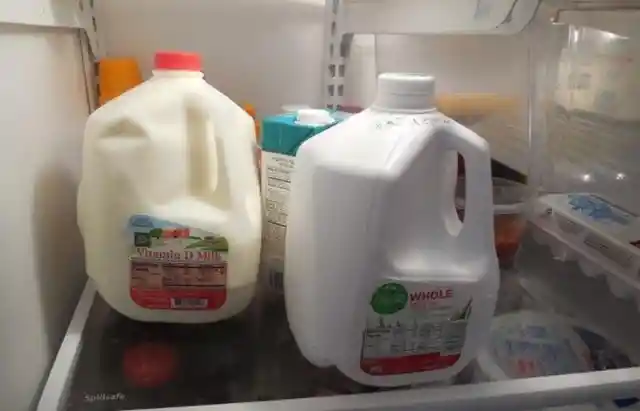
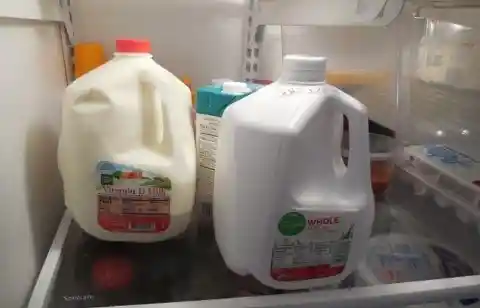
Because hot air rises, the upper shelves of your fridge may be slightly warmer than the lower shelves. Store milk in the back of the refrigerator or on a shelf near the bottom or middle to extend its life and keep it from spoiling.
Prolong Your Fresh Herbs
Unless you have your own herb garden, you're going to have to buy fresh herbs a day or two before you cook. This can quickly become costly and wasteful, especially if you only use half of what you bought for the meal. Here's how to put them away properly.
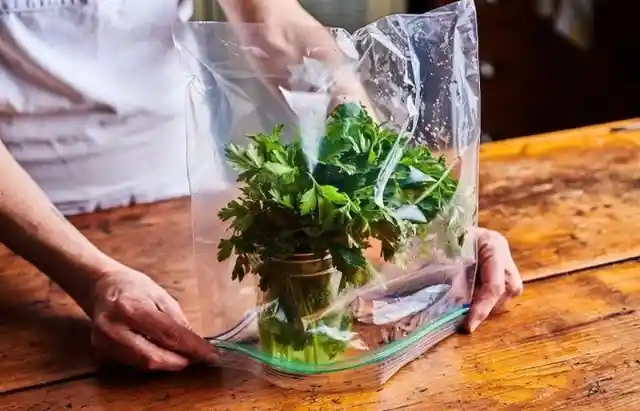
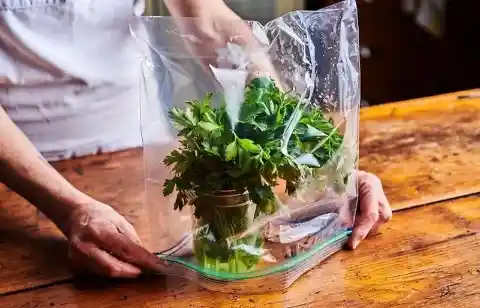
Instead of preserving them in the bag they came in, place a bunch of herb leaves in a cup of water and cover it firmly with a plastic bag before placing it in the fridge. Use what you need and save the rest.
Cooking Oil Can Save Leftover Guacamole
Like avocado itself, guacamole is a fleeting miracle: its brilliant green color lasts only a few moments. Then it becomes black, gooey, and unpleasant to look at. However, where there's a will, there's a way—now you too can stop guacamole from turning brown.
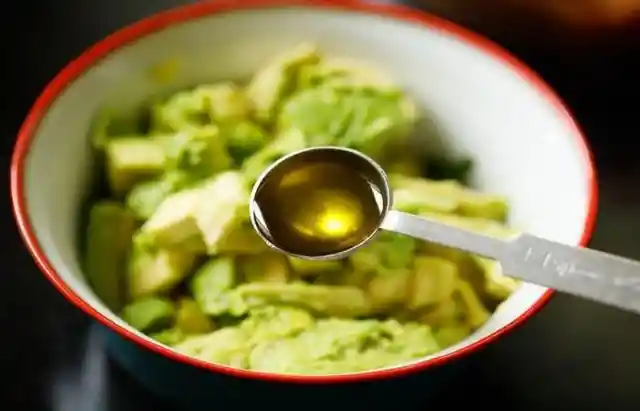

Before putting that remaining guacamole in the fridge, lightly spray it with cooking spray. The oil will prevent it from browning. The avocado pit can also be placed in the center of the guacamole mix—it contains natural oils that help keep the avocado from becoming brown.
Flip The Cottage Cheese and Sour Cream In Your Fridge
This technique applies to both sour cream and cottage cheese, as both have a short shelf life of seven to ten days after opening. There's a simple way to double the shelf life of these items, and it won’t cost a thing.
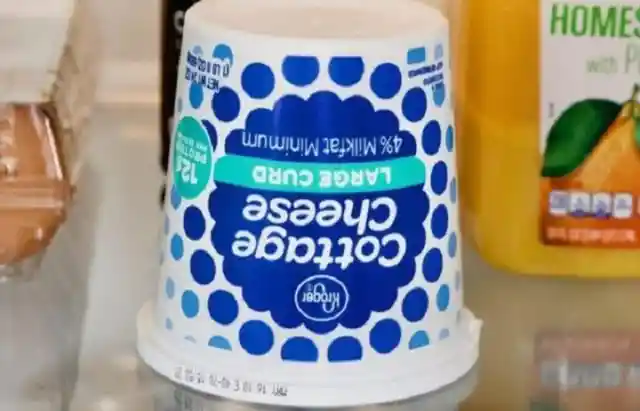
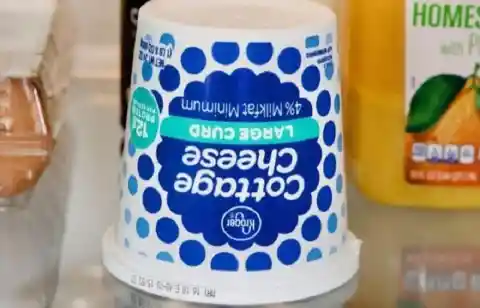
Turn the sour cream or cottage cheese container upside down in the fridge. But why, you ask? By inverting the tub, a vacuum is created, which stops bacteria from growing and then eventually spoiling the food. It’s that simple.
Maintain a Clean and Organized Fridge
Expired goods left in the fridge's corner might lead to mold and other problems. If one region becomes contaminated, it will spread to others. Clutter in the refrigerator limits cold air circulation and generates warm patches, causing food to decay faster.


If you want to keep your refrigerator clean and clutter-free, be sure to discard outdated goods once a week and give your fridge a deep clean once a month. Also, avoid leaving open goods near moldy areas as they may become contaminated.
Frozen Herbs In Olive Oil
Stop wasting herbs and save a penny by freezing them and using them straight from the freezer. Frozen herbs can be mixed in with fresh herbs when cooking—no more throwing away those sad little greens.
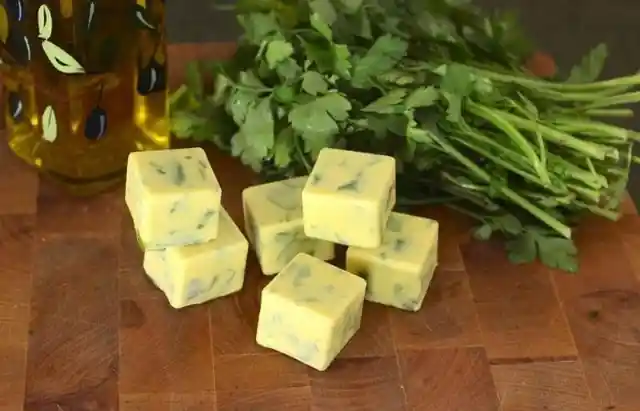

If you only need a small amount, slice some up with your knife; if you need a large amount of one herb, pulse it in a food processor to finely chop it. Freeze any unused herbs in an ice cube tray with a drizzle of olive oil on top.
Roast And Freeze Nuts
When you buy nuts at the store, make sure you roast them right away, then store them in the freezer. Roasted nuts have a much better flavor than their raw counterparts, and they keep their freshness for longer, saving you time later.
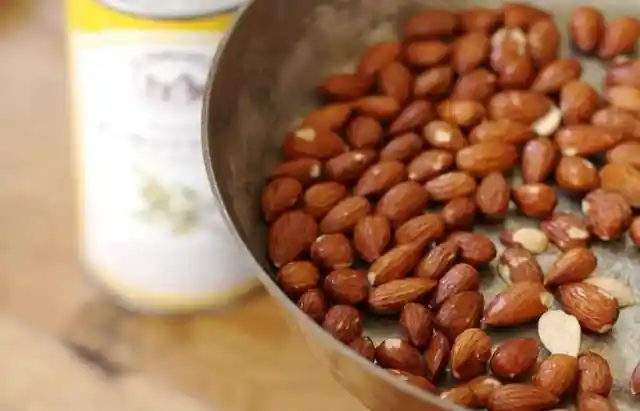
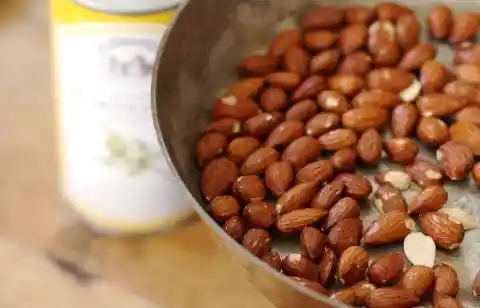
As you might know, roasted nuts can be used in a variety of recipes, ranging from cakes to salads and everything in between. Bake them in a single layer until they’re golden brown on a tray at 350°F. Once they've cooled completely, place them in the fridge or freezer.